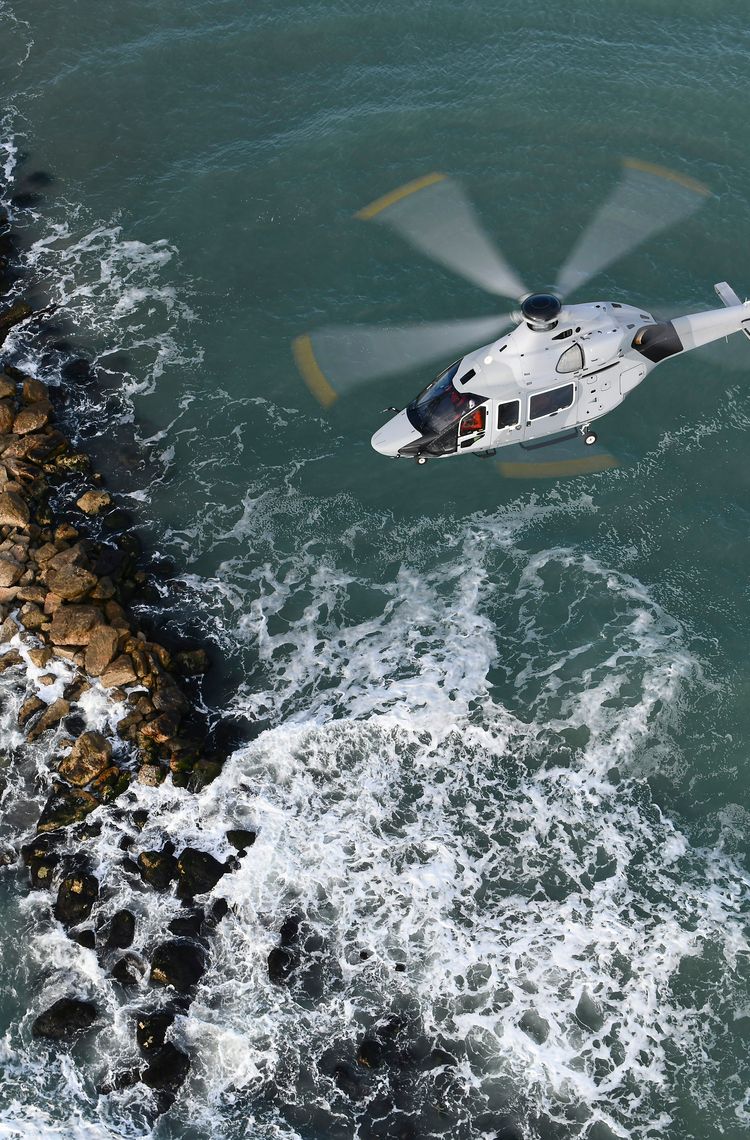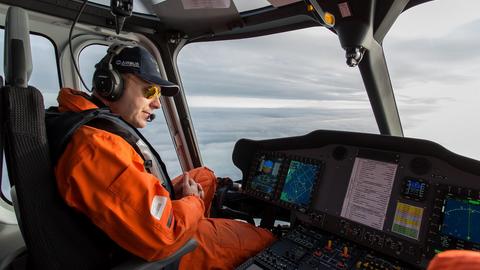After several ditchings and capsizings, notably in the North Sea, Airbus Helicopters decided to make cabin evacuation even more effective to further improve survivability in the event of an accident on maritime missions.
The H160 introduces a new standard for emergency exits: an improved means of dumping its windows. The jettisonable frame allows faster evacuation than standard windows: Tests prior to the certification of this system showed that in the event of the aircraft ditching or capsizing, any occupant could safely eject the window in six seconds, four seconds less than with conventional windows.
The system has also been designed to be simple and highly intuitive to use. “Occupants don't have to think twice about triggering the evacuation. This aspect can be essential in an emergency situation where the brain's usual mode of operation may be disrupted” explains Louis Duroch, human factors expert at mission equipment department.
This device was the subject of a major test campaign in 2017. To reproduce conditions as close as possible to the real thing, a simulator was customised to resemble an H160 cabin, and was used to carry out underwater evacuations of a capsized cabin, with the cabin occupants strapped to their seats in the water, upside down.
Improving survivability is one of the main thrusts of Airbus Helicopters' aviation safety policy, which aims to avoid any deaths or serious injuries in survivable accidents by 2028.
The 12,000 Airbus helicopters in service worldwide may have to fly over a maritime area during their missions. It is estimated that between five and seven percent of this fleet is strictly assigned to maritime overflight missions.
Safety Innovation series
Continue Reading
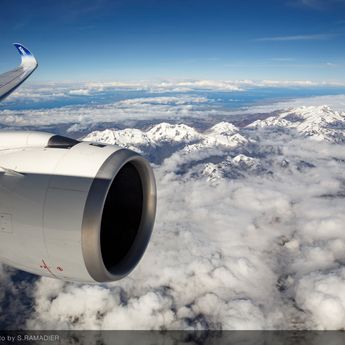
Airspeed information, whatever the conditions
Web Story
Safety
Airbus has developed a system which improves management of unreliable airspeed events.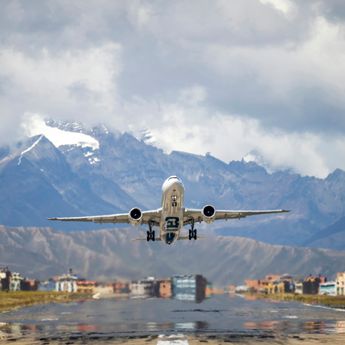
How to make takeoff safer
Web Story
Safety
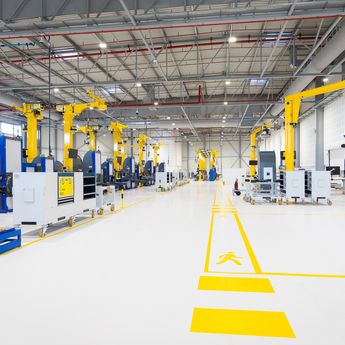
A new workshop designed with safety in mind
Web Story
Safety
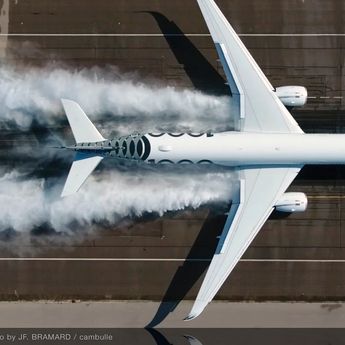
Using aircraft as sensors to prevent runway overrun
Web Story
Safety
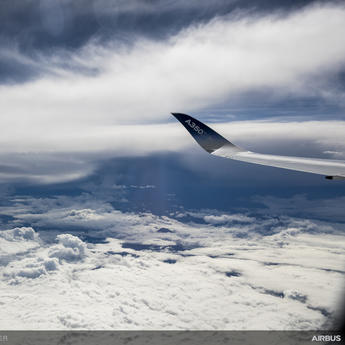
Severe weather hazards: the best is to anticipate and avoid
Web Story
Safety
